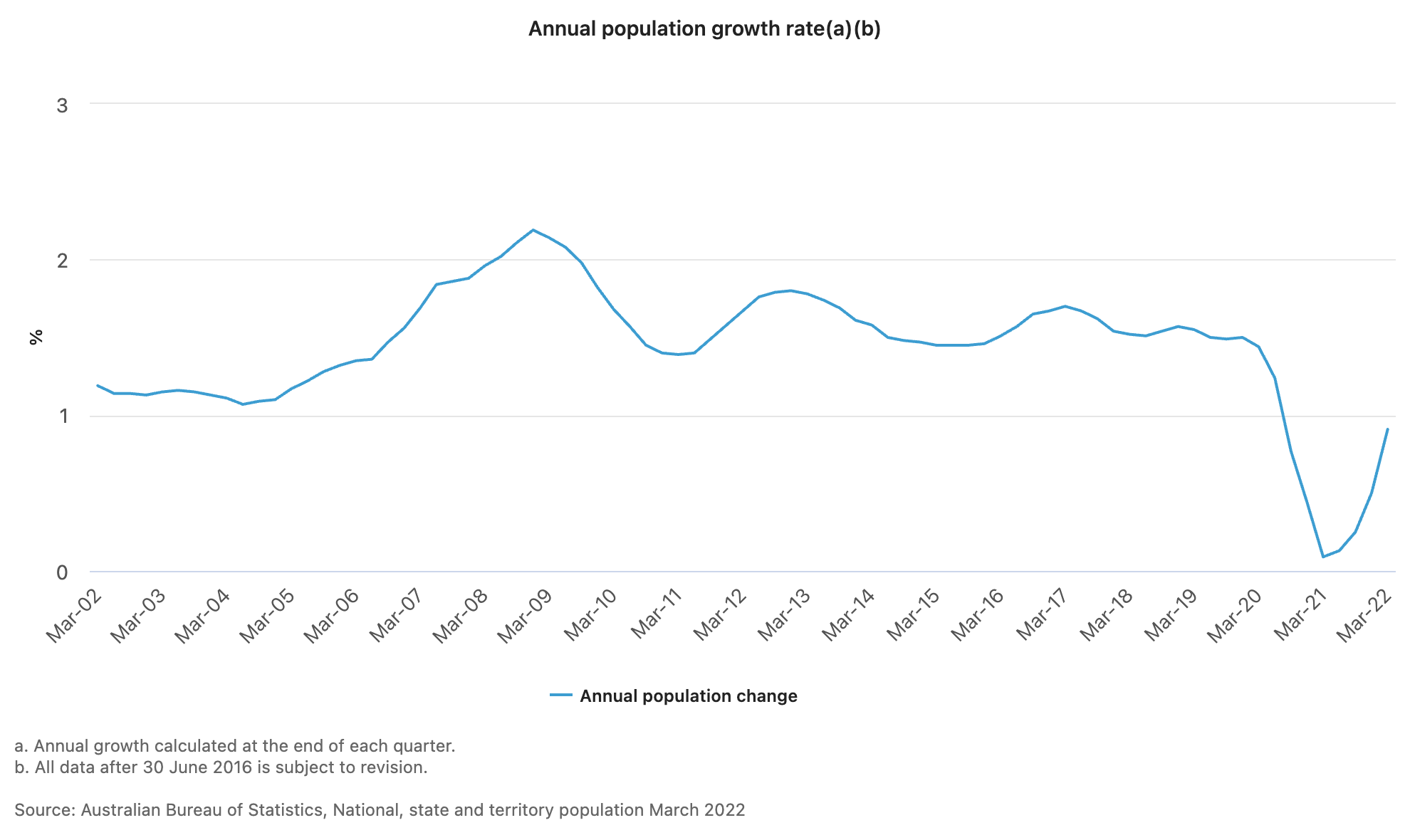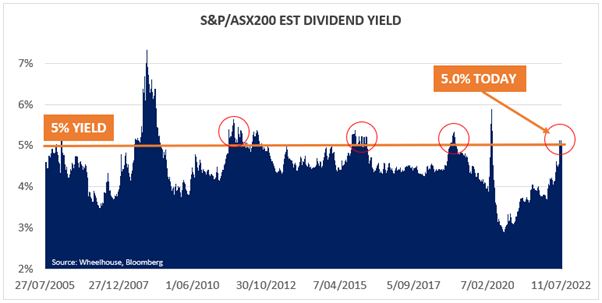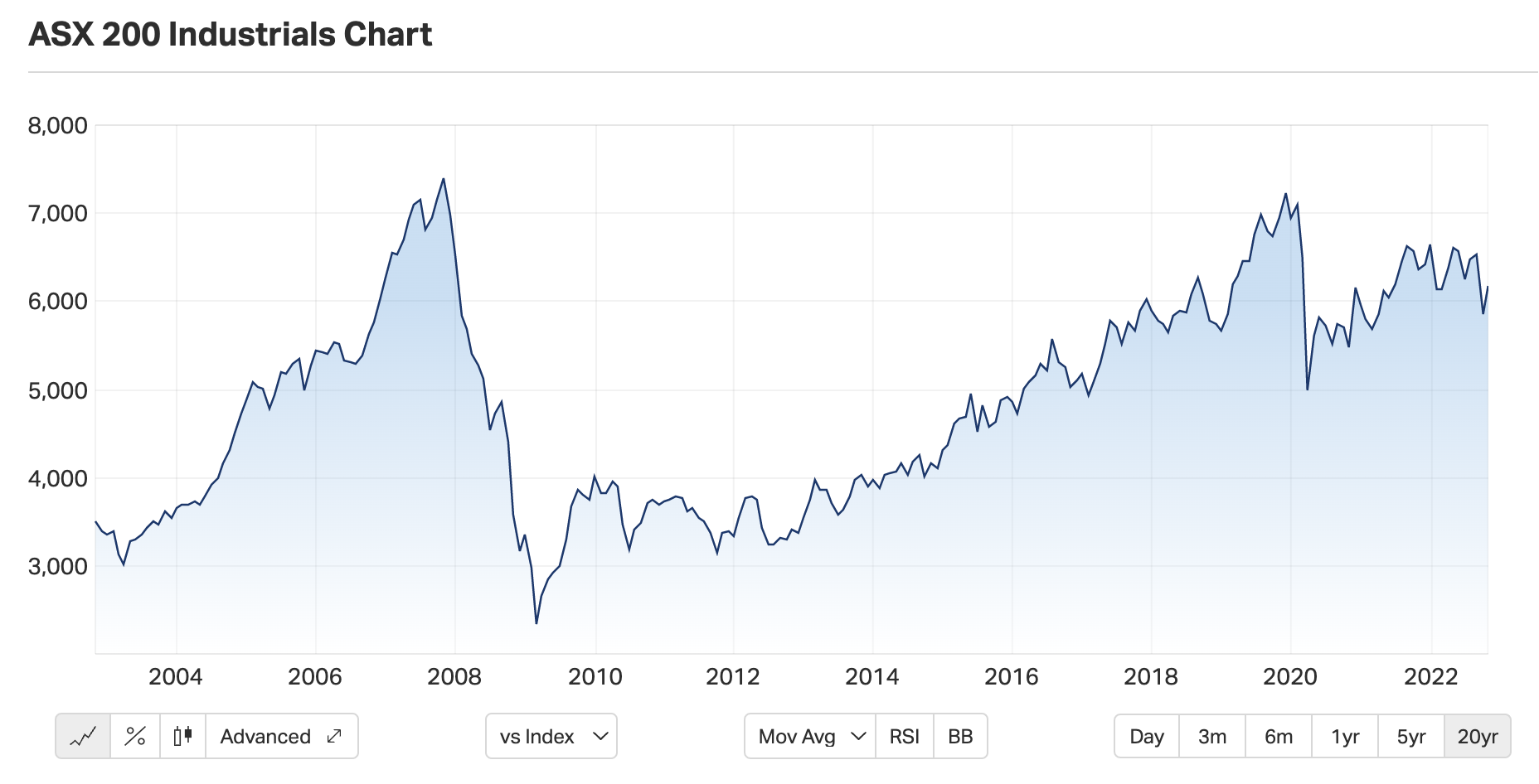10 ASX stocks to buy for the next 10 years: UBS
We all love buying, we don't mind holding, but we all find it difficult to sell. It's not just the fact that we become emotionally attached to our investments, it's also the great "what if" - or as I like to call it, the Deal or No Deal dilemma.
On the TV show, it was a question of "if I deal now, will I be regretting not taking a higher offer later?" or even "I wish I just held out to open my case".
In investing, it's very much a case of "If I sell now, what if it goes up even higher?"
Well, this article isn't about the selling. UBS, Australia's new monarch of equity bullishness, is back with a list to (literally and figuratively) knock your socks off. These are their top 10 stocks to buy, hold in the bottom drawer, and leave there for another 10 years. Plus, I'll share with you their insights as to why they believe the ASX will end up outperforming its global counterparts in this next market cycle.
Now that's a 10 out of 10 reason to keep reading!
Buy Australian (equities)
When you hear foreign media talk about "global" equities, chances are the US comes to mind. After all, the Dow Jones Industrial Average is a legacy index, the NASDAQ is home to the world's most exciting companies, and the S&P 500 often gets quoted as a proxy for retirement funds. Other exotic destinations include the Chinese equity markets (mainland and Hong Kong) as well as the Eurozone (through the Stoxx 600).
How often do you see Australia quoted? Probably not all that often. But UBS says that may very well be about to change.
"We believe foreign investor apathy towards Australia is set to dissipate," strategist Richard Schellbach wrote in a note.
In the near term, the reasons are obvious.
"Near-term Australian strength is a product of the commodity inflation complex and a resilient consumer," Schellbach noted. But in the long term, there are four even more positive reasons to get excited.
Four big reasons to get excited - and the charts to go with it
- Australia's population growth (organic and migration):
Australia's population growth is a subject of constant debate among economists. In last week's Federal Budget, Treasury forecasts revealed it expects migration to return to pre-COVID levels by the end of the next financial year.
That has real implications for the labour force, economic growth, and of course, solving the politically important skills shortage.
(b).png)
But what does it all mean for stocks?
"A fast-growing population
means that the customer base to which Aussie companies are selling is constantly expanding. This
materially impacts medium-term earnings prospects for stocks, particularly so for the retail and housing sectors," Schellbach wrote.
- Australia's business structure supports high margins
Since our country is far away (geographically speaking) from everywhere else, new international entrants may be deterred from setting up their business on our shores. That, in Schellbach's view, is good news for corporate margins.
According to CommSec, this past August reporting season saw profits increase for the ASX 200 by an average of 41.8%. And as the next chart shows, corporate Australia is showing itself to be the definition of earnings resilience.

- And speaking of margins, how about those dividends?
Much like Sonny and Cher or Donny and Marie, we can't talk about profits without mentioning dividends. Australian dividend yields are some of the highest paying in the world, and everyone loves them. On a per annum basis, Australian equities tend to pay out more in dividends than our global or regional counterparts.
And the best news of all? We're back at levels not seen since 2015 (bar the immediate period pre-COVID), as Alastair MacLeod of Wheelhouse Partners discovered recently.

- And we're our own economic beast
As has been explained to me a time or six since the Federal Budget, Australia is in an enviable position. We have what the world wants and are exporting what the world needs, as HSBC's Paul Bloxham so eloquently put it. In turn, Schellbach explains this extends to the balance sheets of our biggest companies.
"We believe that this level of
detachment is a product of the tendency of ASX non-resource businesses to be very domestic focussed
in their customer base. In the lower growth world which we are entering, this may not be a bad thing," Schellbach explains.
And as this MarketIndex chart shows, we've come a long way in proving that very fact since 2008.

Give me the 10 stocks already!
Quality and non-cyclical are the themes that stand out in this list. And now, without further ado, the 10 bottom-drawer stocks you came for.
- BHP (ASX: BHP)
- Commonwealth Bank (ASX: CBA)
- IDP Education (ASX: IEL)
- REA Group (ASX: REA)
- Suncorp (ASX: SUN)
- Transurban (ASX: TCL)
- The Lottery Corporation (ASX: TLC)
- Wesfarmers (ASX: WES)
- Worley (ASX: WOR)
- Wisetech (ASX: WTC)
As Lazard Asset Management's Matthew Landy once told me, invest in what won't change over the next 10 years. I think this list makes a pretty good case for that very thesis.
1 topic
10 stocks mentioned
1 contributor mentioned

